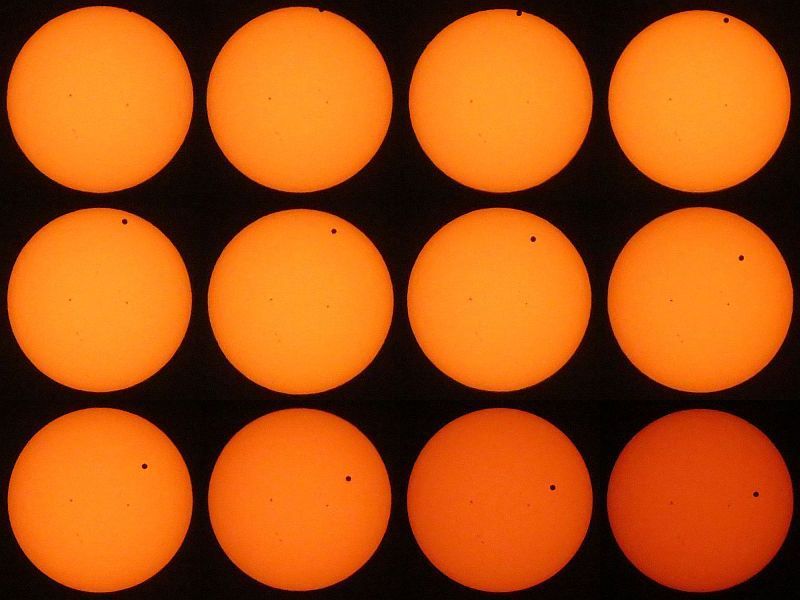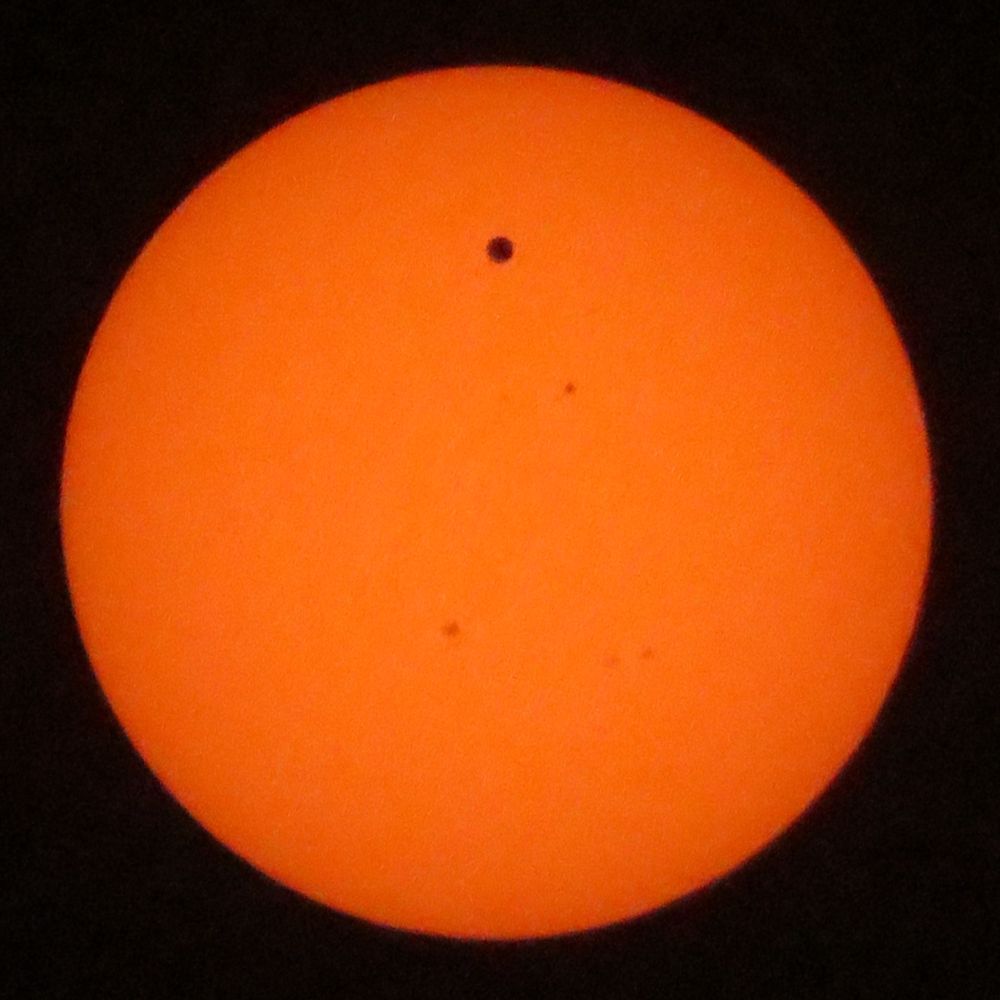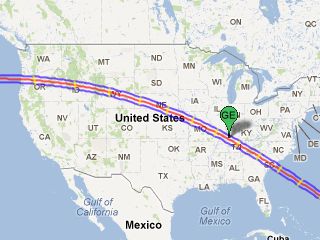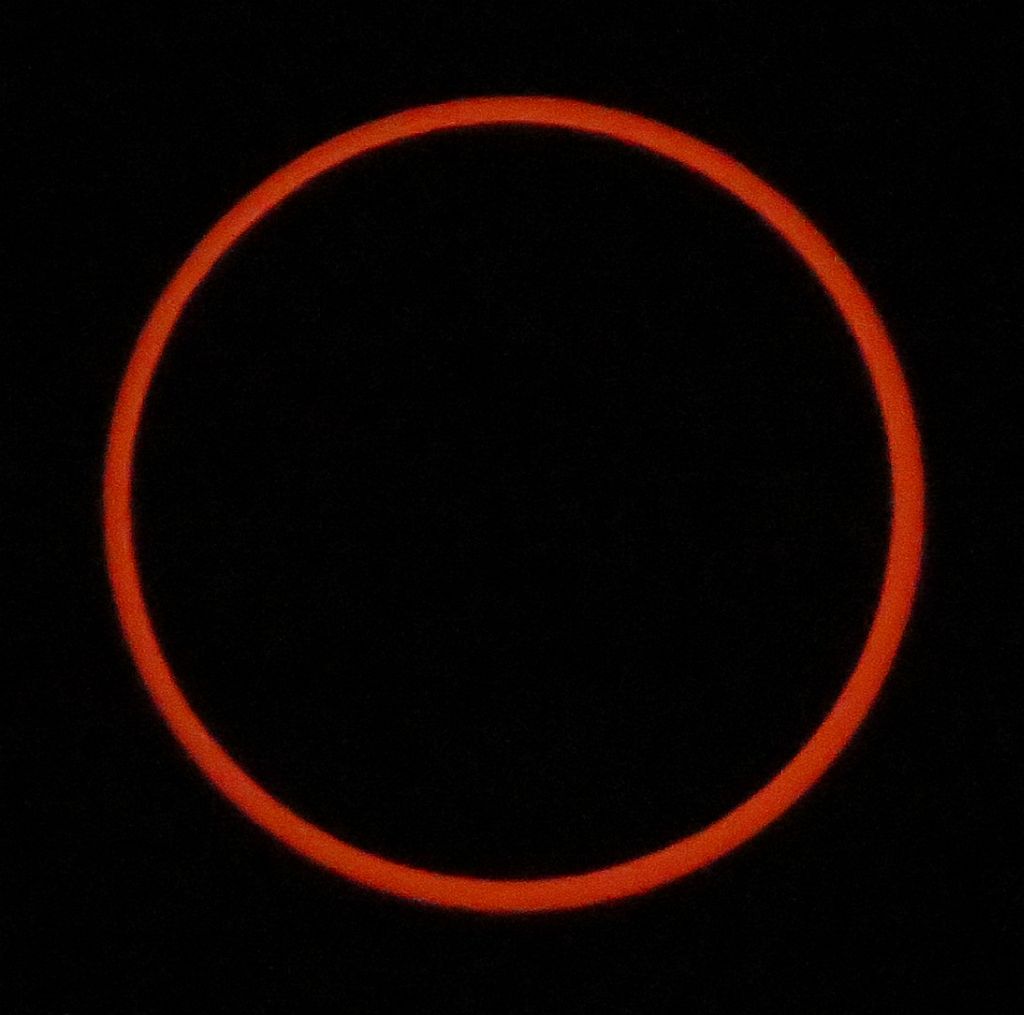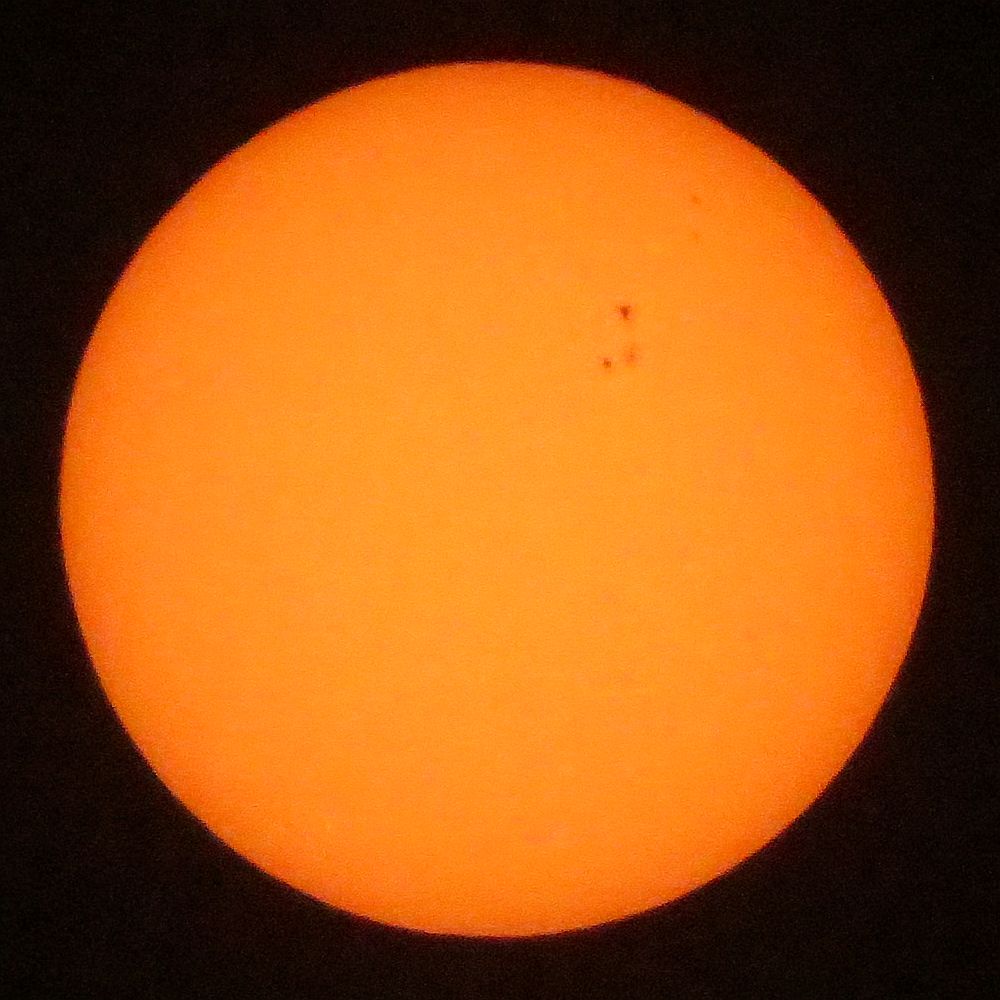 I made my daily stop at spaceweather.com where they profiled a giant sunspot (AR1504) region that might be capable of producing solar flares. I grabbed the camera and the solar filter and proceeded out to the courtyard to take this photo of the sun. Each spot visible on the solar surface is two or more Earth diameters in width.
I made my daily stop at spaceweather.com where they profiled a giant sunspot (AR1504) region that might be capable of producing solar flares. I grabbed the camera and the solar filter and proceeded out to the courtyard to take this photo of the sun. Each spot visible on the solar surface is two or more Earth diameters in width.
Image: Sunspot region AR 1504. Click image to enlarge.
The article talks about a ‘beta-gamma-delta’ magnetic field that harbors energy for strong solar flares. Since the huge sunspot complex is directly facing Earth, there may be atmospheric fireworks resulting in auroras and possible interference or disruption of power grids.
We know that the current solar cycle is quite a bit less intense than the last one, but we might wonder if some of these regions might also contribute to our planet’s climate as they have done in the past.

